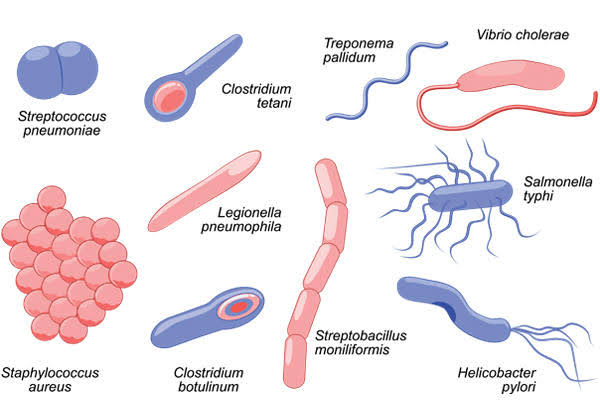Bacteria are one-celled organisms visible only through a microscope. They live all around us as also within us. The air is filled with bacteria and so are the deepest parts of the ocean and within the earth’s crust. They are in the soil, in food and on plants and animals. Even our bodies are home to many kinds of bacteria. These invisible bacterial cells are so small that scientists measure them in units called micrometers (μm). One micrometer equals one millionth of a meter (0.0000001 m) and an average bacterium is about one micrometer long.
Before the development of the microscope, some people speculated that small, invisible particles caused diseases and fermentation, but it was not until the late 1600s did anyone actually see bacteria. In the 1670s, Dutch lens-maker Antoni van Leeuwenhoek first saw what he called ‘wee animalcules’ under his single-lens microscope. He noticed cells of different shapes within a variety of specimens,....

